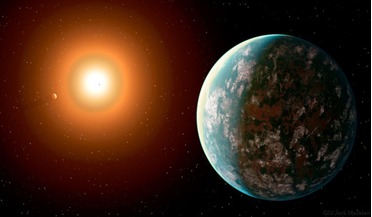 02 August 2019
Newly found exoplanet may be suitable for life
02 August 2019
Newly found exoplanet may be suitable for life
... nearly 200 exoplanets have been discovered orbiting similar type stars in the solar neighbourhood. However out of all...is not alone. Two other planets also circle around the same host star; a so-called “hot Earth” that is about 22 percent larger than...
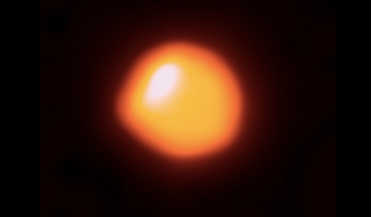 30 December 2019
Will Betelgeuse go supernova soon? Probably not say some astronomers
30 December 2019
Will Betelgeuse go supernova soon? Probably not say some astronomers
... sky and is one of the largest visible to the naked eye. Its supergiant status already earmarks it as a variable-type star; a star that regularly brightens and dims with generally predictable frequency. In fact it is one of the most variable...
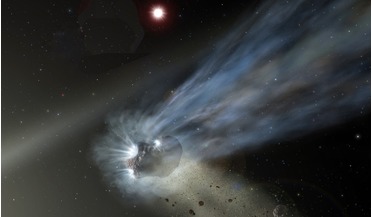 20 April 2020
New research shows interstellar visitor 21/Borisov is not your average comet
20 April 2020
New research shows interstellar visitor 21/Borisov is not your average comet
... that given the abundance of CO to H2O in the comet, 2I/Borisov possibly originated around an M-type star - one of the most common stars in our galaxy. As these types of stellar object have low temperatures and luminosities and form late in their...
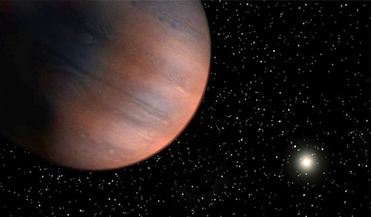 10 April 2017
Super-Jupiter mass planet found in the galactic bulge
10 April 2017
Super-Jupiter mass planet found in the galactic bulge
... around which MOA-2016-BLG-227Lb orbits is classed as an M or K-dwarf star – for comparison our Sun is a G type star and is a main sequence yellow dwarf star. Stars are classified by their spectra (the elements that they absorb) and their temperature...
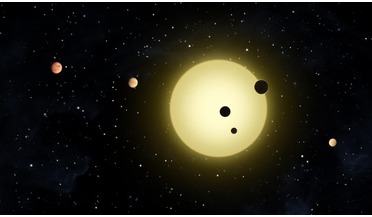 27 October 2017
Astronomers find system with six planets
27 October 2017
Astronomers find system with six planets
... in 2010 and subsequent observations revealed that the star hosted a quite complex multi-planet system. HD 3445 is a G0V type star. Our Sun for example is a G2V type star (the 0 represents the hottest stars of a given class, so the Sun is cooler than...
 11 March 2020
Ultra-hot exoplanet literally rains iron say astronomers
11 March 2020
Ultra-hot exoplanet literally rains iron say astronomers
...It orbits an inflated F-type star known as WASP-76, an ageing and evolved star around 5.3 billion years old. F stars are between 1.0 to...500 K. Scientists suspect that it is these swollen star properties I.e high temperature and large radii, that give...